Getting Started
Looking to start playing the cello? Well first you have to get one. Before even stepping a foot into a music store or luthier shop you must decide: Am I going to play the cello as a hobby and not really get into it? Or am I going to become a professional cellist and play in a chamber ensamble or a professional orchestra. Or, am I going to be somewhere in between. What every it may be, you need to decide, because that will effect what you pay for. If you are just a hobbyist and don't want to get to deep into the cello, then I suggest just renting a cello from a music shop. It proves to be much cheaper than paying for a intermediate or professional level instrument. If you do end up getting more serious about the cello more down the line, then you can always go back and buy a cello.

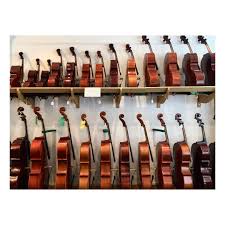
When going in to buy a cello, you'll have the opportunity to try out as many cellos as your heart desires. When I went to get my cello, I tried about seven or eight before I walked away with the one I am currently playing. Some cellist try out more than that, up to fifteen or twenty. When they are trying out the instruments, they only worry about the feel and sound of the instrument, pricing comes later for them. However, this is very so characteristic of someone without a budget, or a professional musician who knows this instrument with be their source of income. But, if you aren't that type of person, check out the price first, before getting attached to an instrument. When choosing an instrument, try to only focus on the sound and feel of the instrument. Tell the luthier or music shop staff member you are working with what type of sound you would like to have in your instrument. Whether it be a light and treble like tone, similar to that of a violin, or a more dark and heavy bass like sound, similar to that of a double bass. Depending upon what you tell the person you are working with what type of sound you like, they will try to help you to the best of their abilities. If you can't find anything you like, feel free to check out other places as well.

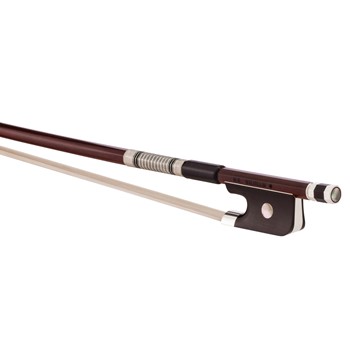
Also make sure to check out the type of bow you use when trying out the instrument. There are two different materials that bows are made out of: wood and carbon fiber. The carbon fiber is the most durable compared to the wood, but a wooden bow gives a nicer feel and aesthetic.
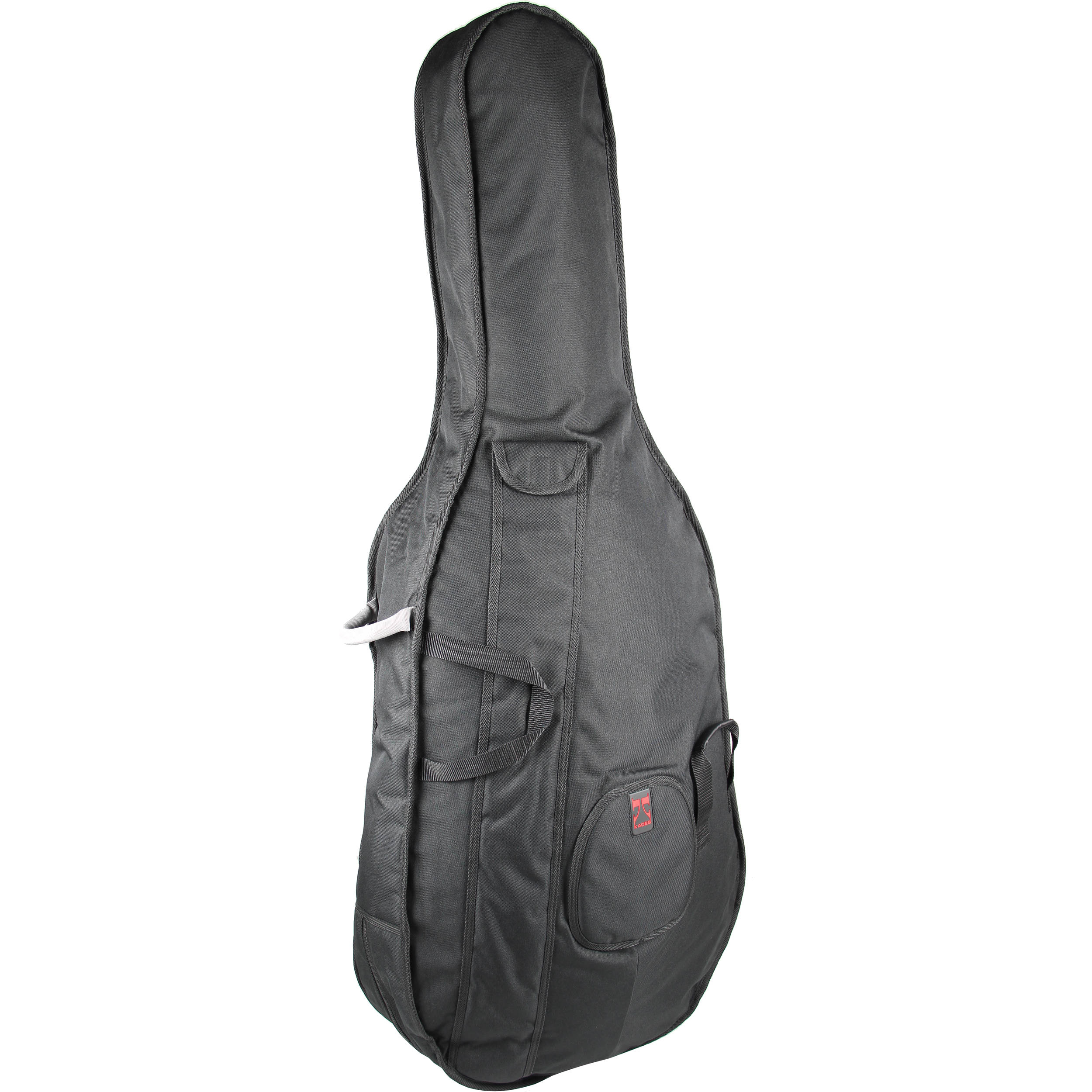

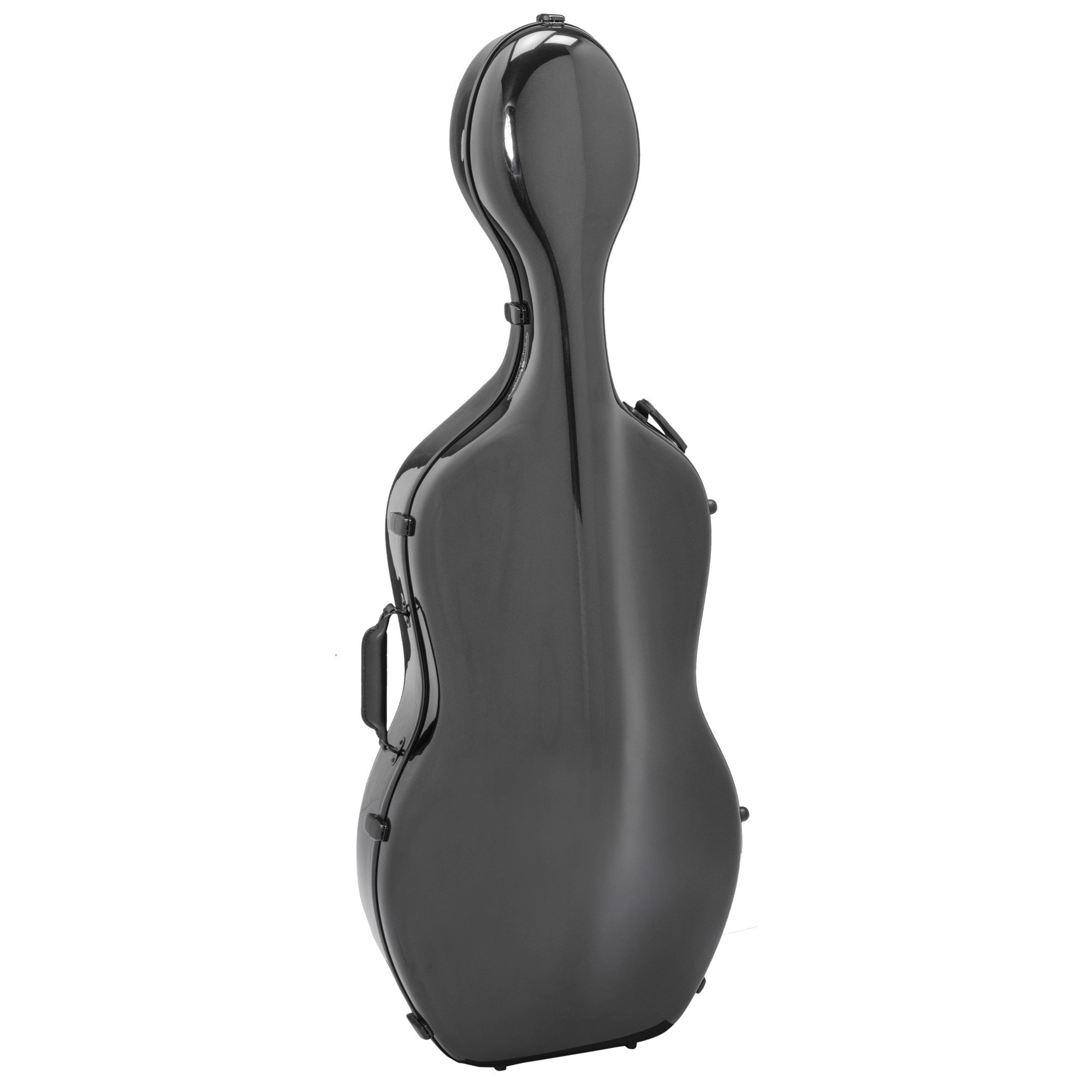
After picking out the instrument that you like the most and works for your budget, or lack there of, make sure to get a good case that will work for you. The are many different types that vary in price and protective nature. There are soft cases, which are just padded bags. These will do the least amount of good for your cello, but are also the least expensive. There are cases in between soft case and a hard case which I have heard them called soft-hard cases (yes it is an oxymoron) which do a good at protecting your cello and our in between in the price range. Then there are the most expensive cases, the hard cases, or also know as carbon fiber cases. They're made of a carbon fiber fiberglass mix. However they do the most protecting. All of these cases will have backpack straps, however, the soft-hard and carbon fiber case can both have wheels.
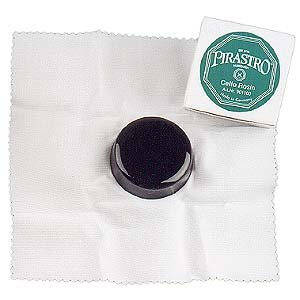
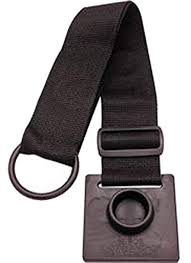
After making sure you have the big stuff, make sure you have the small necessities as well. You'll need cello rosin, which is refined and hardened tree sap that is applied to your cello bow. It create friction between your bow and strings for a crisp sound. You will also need a rock stop. This is used to keep you endpin in one spot and from sliding around the floor when you are trying to play. After you have gotten all of these items, try to get a good price on all of them buy looking for a discount. When I was getting the instrument I have now, I had been renting a cello for three previous years while I was in my middle school orchestra class to see if I really liked it or not, so I had gained equity on the instrument and we were able to put that money back into buying one. We had done all of this through Quinlan and Fabish, a music company used mostly by students.